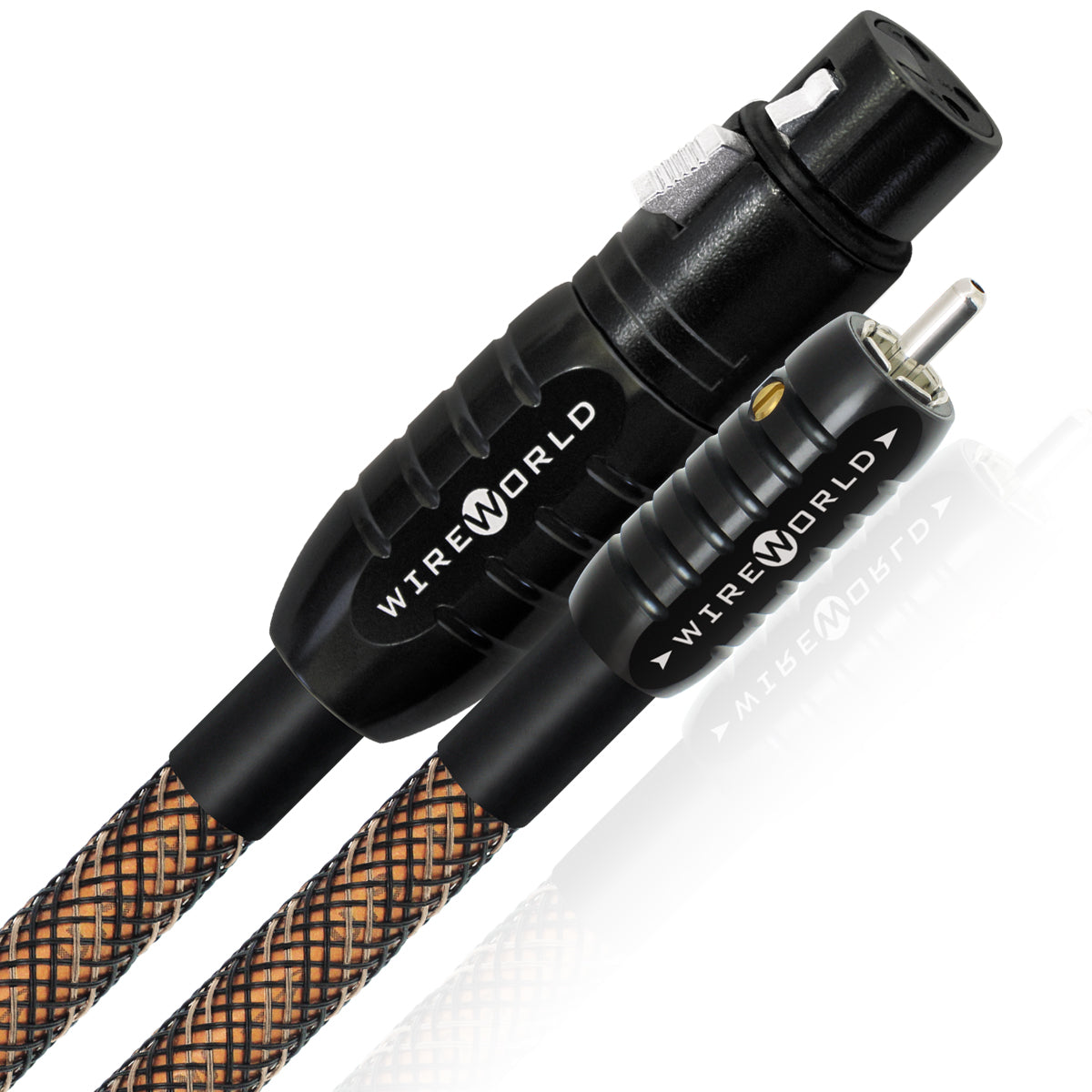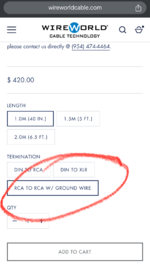displayname
Well-Known Member
I think I know the answer here, but I wanted to get some insights from the community. I’m looking at starting to re-cable my system, and I’m considering finally going full loom (except power cables). In the process, and interesting option came up. Don’t get hung up on the company or model. I know a few companies do variations of this:
Eclipse 8 offered in rca-rca w/ ground

OR
Micro-eclipse 8 in rca-rca w/ground

In your opinion, which would be better for the turntable connection and why?
Eclipse 8 offered in rca-rca w/ ground

RCA/XLR Audio Interconnect Cable Pair | OFC Copper Cable
Wireworld's Eclipse 8 is a high-quality OFC copper audio interconnect cable pair. Select the length and termination you require at time of purchase.
wireworldcable.com
OR
Micro-eclipse 8 in rca-rca w/ground

Micro-Eclipse 8 Professional Microphone Cable | 26 AWG Wire
The Micro-Eclipse 8 is a professional microphone cable designed for high-end sound systems. Discover the superior purity of this 26 AWG wire from Wireworld.
wireworldcable.com
In your opinion, which would be better for the turntable connection and why?
